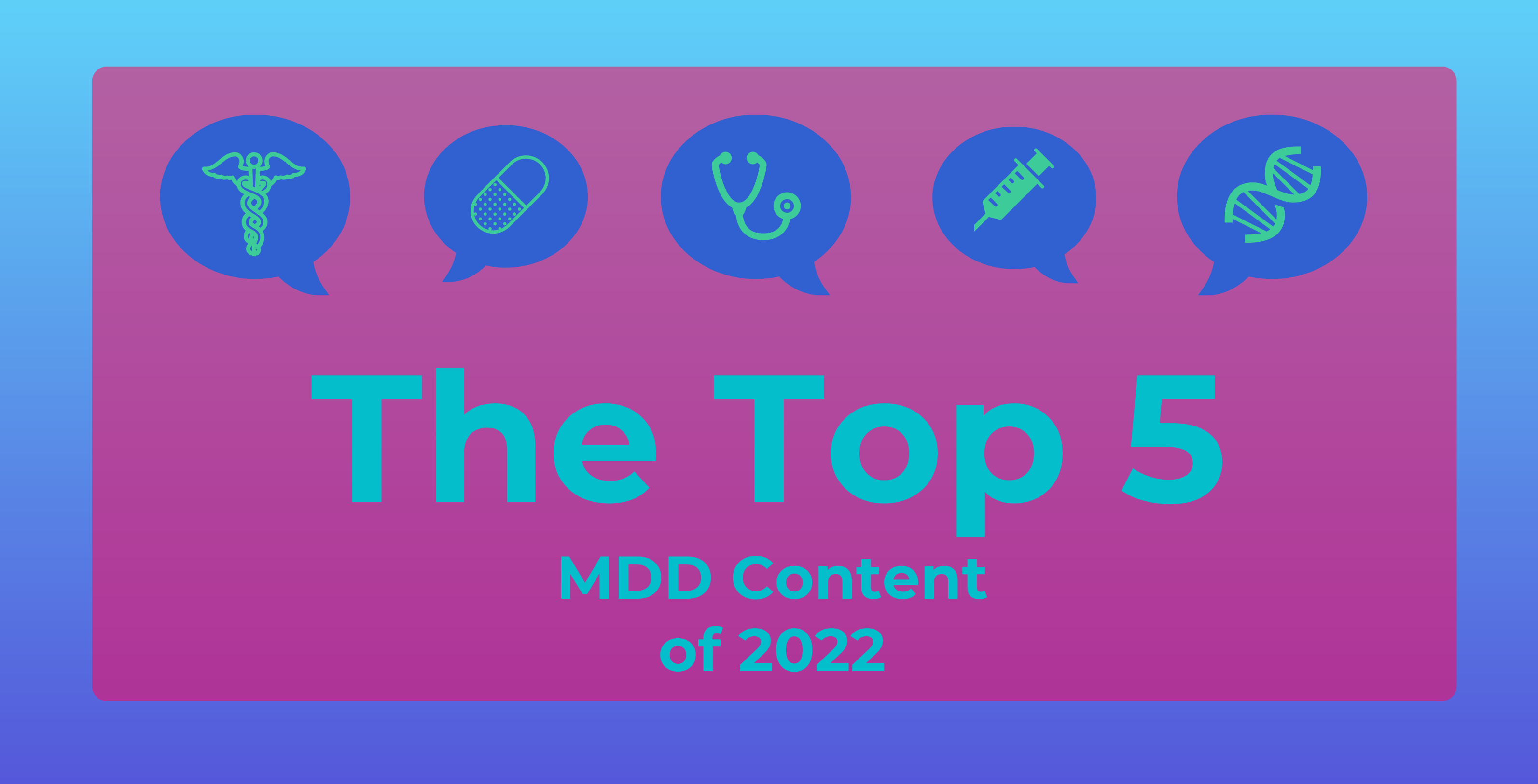Article
Analysis Supports Link Between AD, MDD Pathogenesis
Author(s):
The analysis identified 4 genes that were driven by atopic dermatitis (AD) and which had significant expression changes in favor of MDD development.
A new analysis elucidates the links between atopic dermatitis (AD) and major depressive disorder (MDD), suggesting the former promotes the pathological development of MDD.
The study, which was published in the journal Frontiers in Genetics, could help better explain the pathogenesis of MDD and potentially lead to new targets for preventative therapies.
Corresponding author Xuehua Huang, PhD, of Sichuan University, and colleagues, explained that AD has a number of consequences that can intersect with quality-of-life diminishment, including irritation, itching, and sleep disturbances. However, patients with AD also have a higher prevalence of MDD, which is defined as experiencing at least 2 weeks of pervasive “low” mood. One study found as many as 1 in 3 patients with AD met the criteria of MDD.
Yet, it is not yet clear what mechanistic link, if any, exists between AD and MDD. In hopes of finding out, Huang and colleagues conducted a literature review in search of proteins, cells, functional classes, and small molecules linking AD and MDD. They then analyzed gene expression variance of MDD-regulating genes and then examined the functionality of AD-driven MDD-genetic regulators.
The analysis found 22 entities driven by AD that were upstream MDD regulators, 11 of which were genes. Four of those genes had significant expression changes in AD, and those changes were found to align with the development of MDD.
Of the 11 MDD-regulating genes driven by AD, the investigators said 8 are MDD promoters and the remaining 3 are MDD inhibitors. Four of those genes had significant expression changes in patients with AD, including one MDD promoter (ISG15) and all 3 MDD inhibitors (BMP7, USP46, and AR).
“These results support the relationship between these four genes, AD, and MDD, suggesting that AD might regulate the expression levels of these four genes to influence the pathological development of MDD,” they said.
The authors cautioned, however, that the expression data come from skin and blood samples. They said a more direct experiment should be conducted, using data from peripheral blood only.
Huang and colleagues also noted that the expression changes of 2 additional genes (CCL22 and CC2D1A) “might not favor the development of MDD.” Thus, they said, the issue warrants additional study.
Most of the genes regulating MDD “were enriched with cytokine/chemokine regulation and neuroinflammatory response-related pathways,” which aligns with earlier findings that cytokine/chemokine overexpression, which has been linked with the pathogenesis of MDD, is present in AD.
“Our results showed that AD could influence multiple MDD regulators at different levels and drive cytokine/chemokine regulation and inflammatory response-related pathways that play important roles in the development of MDD,” Huang and colleagues wrote.
The authors said their findings also support the idea that cerebral inflammation plays an important role in the development of depression and other neuropsychiatric diseases.
“Elevated microglia activation and neuroinflammatory response have been observed in the brains of AD by using a mice model,” Huang and colleagues said, “which may add to the explanation of the AD-promoting effect on the development of MDD. Moreover, three out of the 11 AD-driven MDD regulating genes presented physical linkage to common targets, supporting their functional connection.”
Reference
Yang T, Huang X, Xu J, et al. Explore the underlying mechanism between atopic dermatitis and major depressive disorder. Front Genet. 2021;12:640951. Published online May 28, 2021. doi:10.3389/fgene.2021.640951





